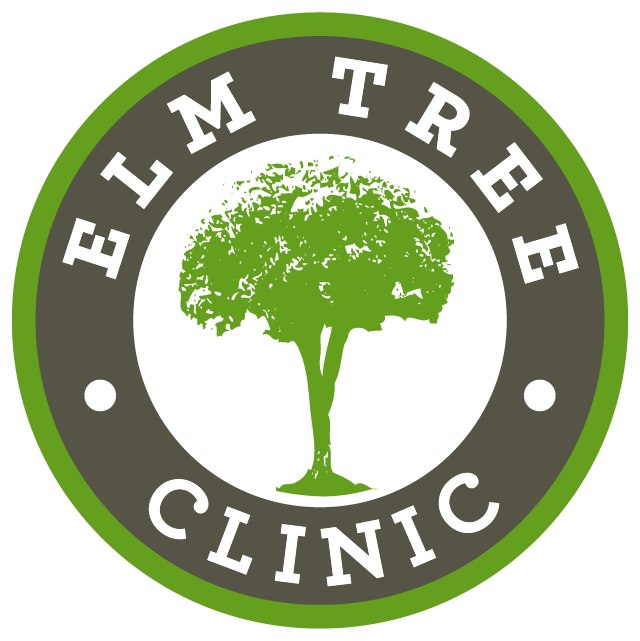Sports and Dentistry
Dental injuries are among the most common types of injuries sustained during participation in sports. One to three million teeth are knocked out every year in the United States, mainly in fight and sports injuries.
Prevention of Dental Injuries
In some sports, protection through properly fitted mouthguards are essential. These include football, hockey, martial arts, and boxing. Dental injuries can also happen in baseball, tennis, basketball, cycling, roller blading, soccer, wrestling, racquetball, skateboarding and other sports. Often the injury is caused by the teeth slamming together when the chin is hit. Proper mouthguards can prevent most of the above injuries, and can also prevent concussions. There are 4 types:
Type 1: Stock
These are purchased from a sports store and used “as is”. These offer minimal protection and are uncomfortable.
Type 2: Boil-and-fit
These are softened in boiling water and fitted. Slightly less uncomfortable than Stock guards, they offer minor protection. Notice the distortion in the guard shown above. They tend not to stay in well.
Type 3: Vacuum formed mouth guard
These are fitted by a dentist. They are more comfortable and offer medium protection.
Type 4: Pressure laminated professional guard
These are a recent innovation also fitted by dentists. They are the most comfortable and offer maximum protection. They also stay in very well. They are available in different protection levels depending on the sport. In the image above you can see the inner softer layer and the outer harder one.
Treatment of Injuries: Dental First Aid
In sports injuries teeth can be fractured, displaced or avulsed ("knocked out"). All of these conditions need immediate dental treatment. If the accident victim shows any signs of head injury, unconsciousness, nausea, or persistent headaches, they should be evaluated first by proper medical personnel.
If a tooth is avulsed:
There is a greater than 80% chance the tooth will be retained for life if it is transported properly and can be replanted within 30 minutes after the accident. If a primary (baby) tooth is knocked out, it should NOT be replanted as it could damage the permanent tooth. After the accident, the most important thing to do is to get the patient to a dentist as soon as possible. On the way the wounded area can be gently cleaned, but do not scrub with disinfectants or soaps. Do not attempt to clean out the socket area. Bleeding can be controlled with pressure on a clean gauze. The tooth or fractured fragment should be picked up by the crown or enamel portion and NOT the root. If the tooth is dirty or contaminated, it should be rinsed gently, but not scrubbed or disinfected, and placed in a liquid for transport. The best solution for this is Hank’s Balanced Salt solution (HBSS), available in kits like the 3M Save-a-Tooth kit. This can preserve a tooth for up to a few hours. If HBSS is not available, the next best alternatives in order of preference are: sterile contact lens saline, whole cold milk, saliva or water. Once the dentist receives the tooth he/she may implant the tooth and do the proper splinting procedures to hold it in place.
Fractured teeth:
Smaller pieces can sometimes be re-bonded to the tooth if they are transported properly. If the nerve is exposed the tooth will need it treated as well. Larger fractures can need reconstruction of the tooth. Displaced teeth need immediate treatment. They must be re-positioned and then splinted into place while healing. After any major trauma it is possible the nerve of the tooth can die days, weeks, or even years later, but this can be treated fairly routinely. The teeth should be followed up in the future.


